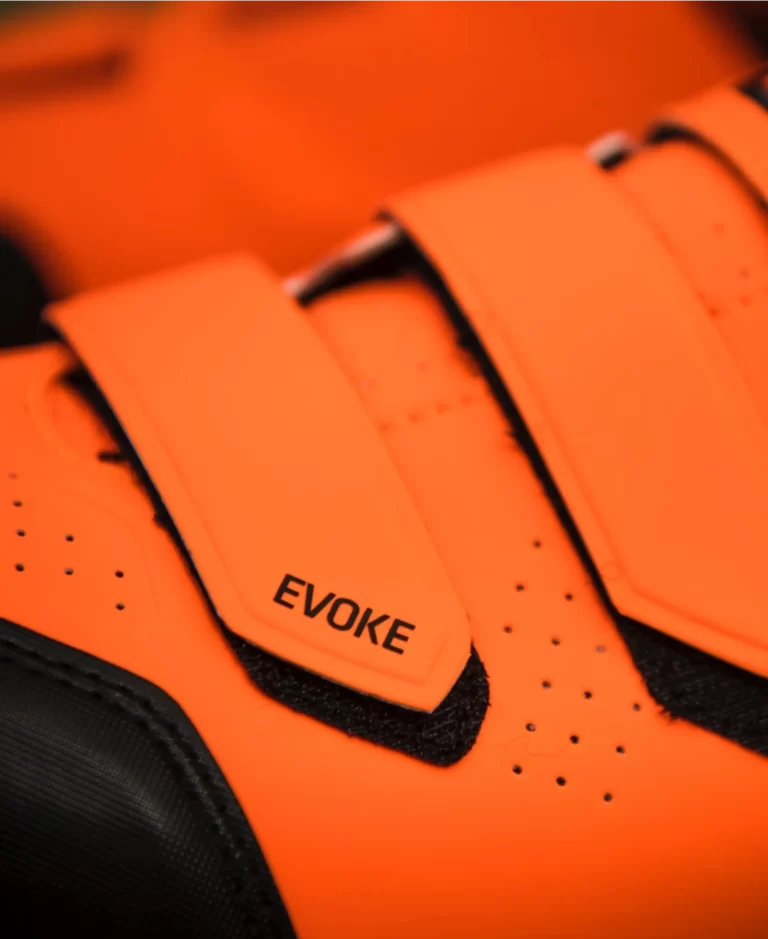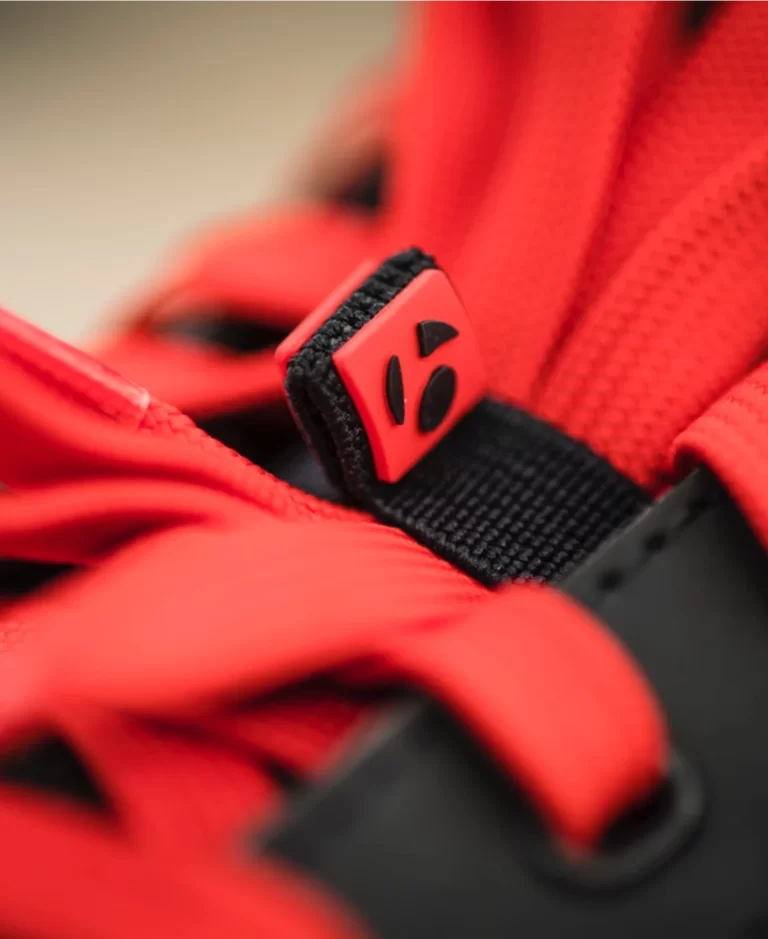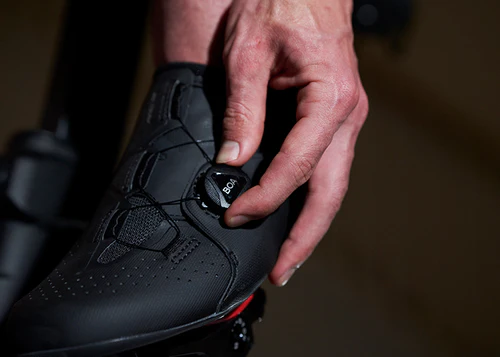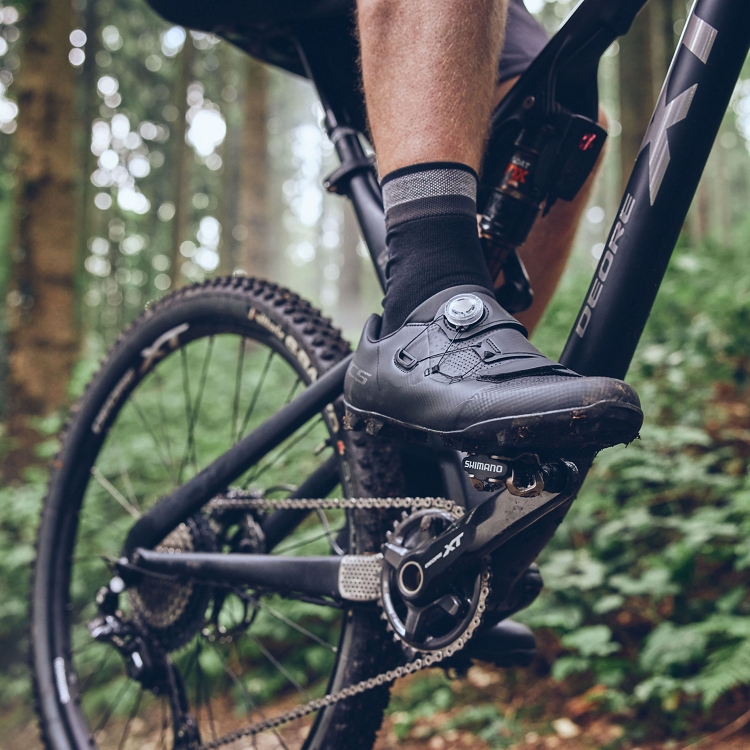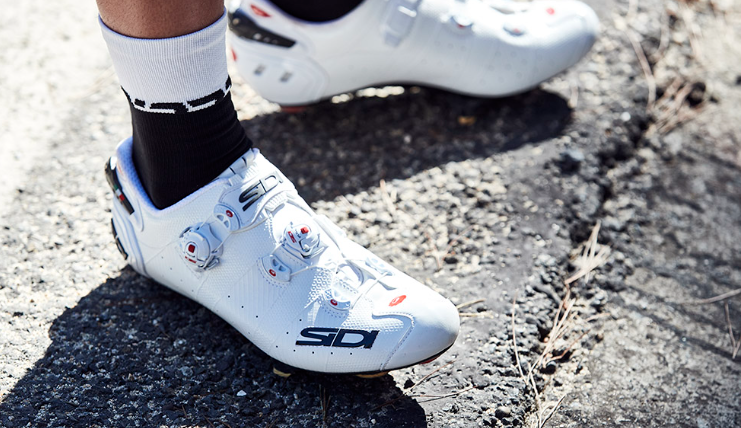Gravel Bike Shoe Sizing and Fit: A Comprehensive Guide
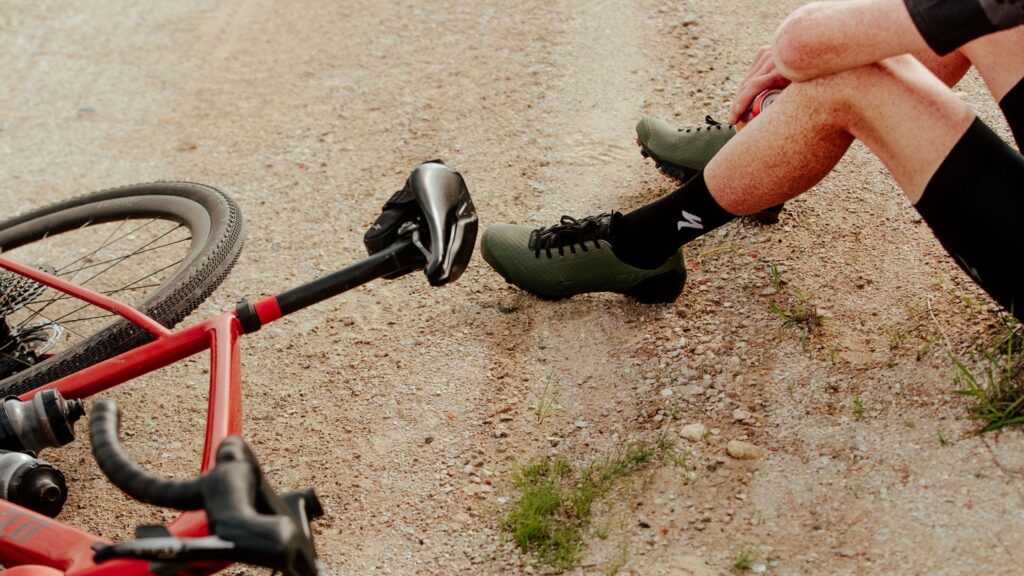
Key Point Summary of Gravel Bike Shoe Sizing and Fit:
- Importance of Proper Sizing: Emphasizing how correct gravel bike shoe sizing enhances comfort and performance.
- Measuring for the Perfect Fit: Step-by-step guide on foot measurement for optimal shoe fit.
- Factors Influencing Fit: Discussing additional elements like shoe width, arch support, and closure systems that impact the overall fit.
As a masters cyclist who has spent years racing and riding across various disciplines, including mountain biking, gravel biking, and cyclocross, I’ve come to realize how crucial the right footwear is. Gravel biking, with its unique demands, requires shoes that offer a perfect blend of comfort, durability, and functionality. This guide is written for cyclists with beginner to mid-level experience, aiming to provide insights into gravel bike shoe sizing and fit.
Understanding the Importance of Proper Sizing
In gravel biking, where rides often span diverse terrains and long distances, having a shoe that fits well is critical. Ill-fitting shoes can lead to discomfort, reduced power transfer, and even injuries. I remember a gravel race where my slightly loose shoes caused blisters by mid-ride, severely impacting my performance.
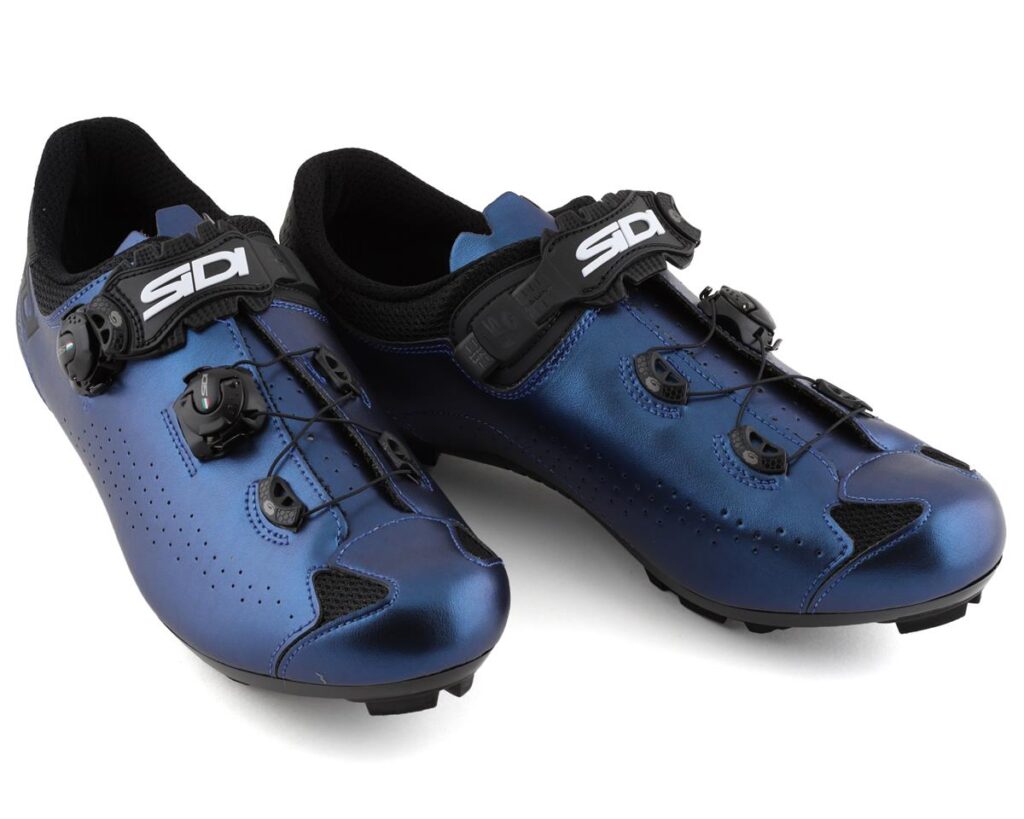
Measuring for the Perfect Fit
Getting your shoe size right is the first step towards a comfortable ride. Here’s how you can measure your foot for gravel bike shoes:
- Foot Measurement: Place a sheet of paper on the floor against a wall. Stand on it with your heel against the wall, and mark the top of your longest toe. Measure this length in centimeters. Do this for both feet, as they can differ.
- Width and Volume: Not all feet are the same width or volume. Some brands offer wide or narrow options. Ensure the shoe you choose accommodates the width of your feet for maximum comfort.
- Trying on Shoes: Whenever possible, try on different sizes and brands with the socks you plan to cycle in. Walk around to feel for any pinching or excessive movement.
Factors Influencing Fit
Apart from the shoe size, several other factors contribute to the perfect fit.
- Shoe Width and Arch Support: For those with wider feet or high arches, shoes catering to these specifics can prevent discomfort. I’ve had to switch brands to find a fit that accommodates my wide feet comfortably.
- Closure Systems: Whether it’s Velcro, laces, or dials, each system offers different benefits. I prefer dial systems for their ability to make micro-adjustments.
- Materials: The upper material can affect fit and comfort. Breathable fabrics like mesh work well for long, hot rides, whereas leather or synthetic materials offer more protection against the elements.
- Sole Stiffness: The sole’s stiffness impacts power transfer. A stiffer sole is efficient but can be uncomfortable for walking. Gravel shoes typically find a middle ground between stiffness and flexibility.
Personal Experience and Recommendations
Over the years, I’ve learned a few things about choosing the right gravel bike shoes:
- Prioritize Comfort for Long Rides: Comfort is key, especially for long gravel rides. Ensure there’s enough toe room and the heel doesn’t slip.
- Consider Terrain and Riding Style: If your gravel rides include a lot of off-bike sections, look for shoes with a bit more flexibility and a grippier sole.
- Durability Matters: Gravel riding can be tough on gear. Look for shoes with robust construction to withstand varied terrains.
- Insoles and Customization: Don’t underestimate the power of a good insole. Sometimes, custom insoles can significantly enhance comfort and fit.
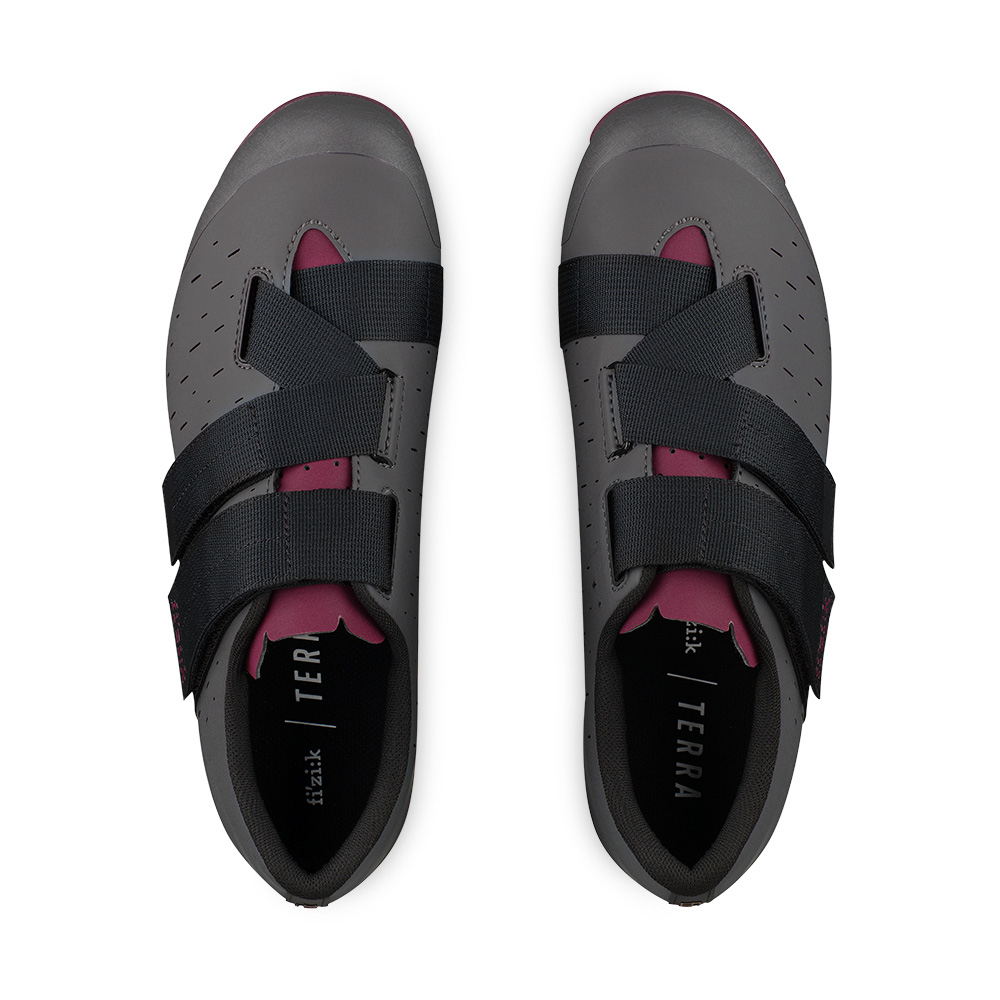
Considering the factors discussed in the gravel bike shoe sizing and fit guide, here are five highly recommended gravel bike shoes:
- Shimano RX8: Lightweight and with a stiff carbon sole, these shoes offer efficient power transfer while being comfortable enough for long rides and off-bike sections.
- Specialized Recon 3.0: Known for balancing stiffness with comfort, these shoes have a snug fit and are versatile enough for both gravel riding and cyclocross.
- Giro Sector: These shoes provide a great combination of durability, comfort, and breathability, with a good level of stiffness for pedaling efficiency.
- Fizik Terra X5: Offers a secure fit with its adjustable closure system, and its balanced sole stiffness makes it suitable for diverse gravel riding conditions.
- Lake MX145: Perfect for varied conditions, these shoes have a waterproof and breathable upper, with a comfortable fit and a more flexible sole, ideal for adventure riding and hike-a-bike sections.
Each of these models provides the necessary comfort, support, and performance features needed for the demands of gravel biking.
Final Thoughts
Selecting the right size and fit for gravel bike shoes is a crucial aspect that can greatly impact your riding experience. As a cyclist, taking the time to measure your feet properly, understanding the nuances of different shoe designs, and considering your specific riding needs will lead you to a pair of shoes that not only fits well but also enhances your performance on those long, adventurous gravel rides.
John
FAQ
How should gravel bike shoes fit?
Gravel bike shoes should fit snugly without being too tight, offering a comfortable, secure feel. There should be enough room to wiggle your toes, with no pinching or pressure points. The heel should be stable without slippage, and the midfoot should feel supported. The fit should balance between efficient power transfer during pedaling and comfort for longer rides and potential off-bike walking.
Should you size up or down in cycling shoes?
In cycling shoes, it’s generally recommended to size up rather than down, especially if you’re between sizes. This is to accommodate foot swelling during rides and ensure there’s enough room for comfort and toe movement. However, the fit should still be snug and secure without excess space that could lead to slippage or instability.
Should my toes touch the end of my cycling shoes?
No, your toes should not touch the end of your cycling shoes. There should be a small gap (about the width of a thumb) at the front of the shoe to allow for foot swelling and movement while pedaling.

